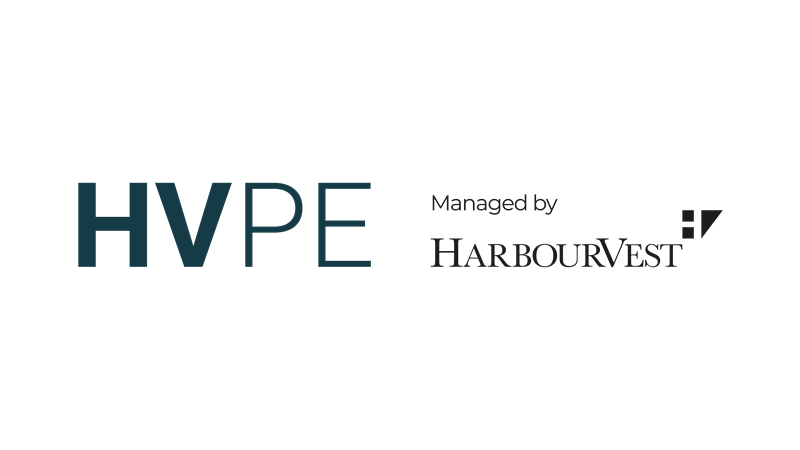Navigating Transparency in Alternative Investment Firms
Since the 2008 financial crisis, concerns have grown about transparency in alternative investment vehicles like hedge funds. A survey conducted by the Economist Intelligence Unit revealed almost two-thirds of surveyed asset managers indicated that transparency and how to provide it have become critical decision-making issues. Transparency in risk management in particular has become a high priority for three-quarters of asset management firms.
As alternative investments have become more mainstream among investors, the need for consistent standards and guidelines across the industry have become a priority. A debate has evolved over whether investment teams, risk control staff, or compliance units should assume responsible for transparency. Depending on where firms believe their transparency issues arise, they find themselves looking to investment staff for clarity in investment strategy, operations staff for risk control explanations and reviews, or compliance staff for regulatory guidance and monitoring. Regardless of the lead responsibility assignment, firms then must develop their information-sharing reporting in a clear and coherent across their asset investments that meets client and regulatory interests.
Alternative Investments Have Unique Transparency Issues
The differences between traditional and alternative investments include investment considerations particular to the vehicle. With firms keeping their data management internal, transparency and compliance have become part of the strategic objectives to alternative vehicle investment. Despite the resource demands for achieving these objectives, firms are viewing them as a crucial competitive advantage within the investor markets as well as performance.
Investors are recognising the value in alternative investments like hedge funds as important components of managing market risk. When traditional vehicles fail, alternatives can mitigate the losses. At the same time, these vehicles have complex fee structures, limited liquidity, and a higher volatility. Understanding the underlying data for risk assessment and the often sophisticated concepts that create these alternatives can be a difficult proposition for even the savviest of investors.
The SEC, of course, sees a solution through more regulation. Of particular note is the potential for fraud or at least misinterpretations of the risks that alternatives represent. Whether vehicles are operating onshore or off, the SEC is pushing for consistent valuation policies and conflict of interest disclosures that can affect investors.
For investment managers, however, the answer is more transparency on investment strategies and risks. An informed investor is a confident one, and the promise of returns should always be clearly linked to the risks involved. With investors becoming keen on seeing more NAV confirmation letters, asset managers have had to revise and update their communication strategies to meet the demand. As investors see themselves as partners in the valuation process, the rationale for how and why particular investments align with the investment strategy has become more critical.
Transparency Extends into Data Security Structures and Procedures
Beyond financial strategy, information technology structures and security are also becoming of more interest to investors. Data security has always been a concern for asset managers, and with today’s financial technology, those concerns have become heightened.
With news reports of major data breaches at all levels of business, investors have become apprehensive about the threat of malicious actors seeking to cause harm in the high-stakes finance industry. Issues and questions of security procedures have become areas of due diligence for investors in order to maintain confidence in their asset manager’s ability to ensure data security.
For alternative asset management firms that utilise third-party applications and other operational outsourcing, managing and disclosing their approach to security can be challenging. For many, data must be exchanged outside the internal confines of the firms systems in order to operate. From remote workers and third-party services to counterparty relationships, firms need a fuller understanding of the security policies and procedures of those outside entities as well. Without the skillset within the firm to assess data security, yet another third-party service may have to step into the role of security adviser.
Transparency as a Tool to Reduce Liability Exposure
At the same time, asset managers are struggling to find the line between transparency and liability concerns. With more information provided, more opportunities for second-guessing and blame can arise over missed opportunities. For hedge funds, particularly those operating in foreign markets, transparency in cost calculations can be difficult as well as demonstrating investment alignment with stated strategic goals and planning. These difficulties highlight the need to ensure that what is disclosed supports the guidance and planning that managers utilise to acquire clients.
Transparency Will Increase with Better Data-Sharing Technology
An additional struggle for asset management firms is integrating their various technology systems in a way that overall firm review can be achieved. While a specific resource person might have point responsibility for transparency, clearly transparency has overlapping issues across business units, client servicing, information technology and other critical support staff. The ability to monitor transparency across these groups can be complicated by non-compatible software, permissioned access to specific data, or unwieldly reporting structures. With an information management platform that can pull these various areas into one place, monitoring information flow for transparency can become more organised and efficient.
While various government agencies develop regulations world-wide, many asset managers focus on their customer needs as a way of compliance. The transparency clients demand, in effect, can often inherently meet the regulatory needs. Firms depend on their reputations for performance and transparency, and their failure to meet expectations can make it difficult to maintain or acquire clients.
Frank Caccio is Founder of OpsCheck
***
The views expressed in this article are those of the author and do not necessarily reflect the views of AlphaWeek or its publisher, The Sortino Group
© The Sortino Group Ltd
All Rights Reserved. No part of this publication may be reproduced, stored in a retrieval system or transmitted in any form or by any means, electronic, mechanical, photocopying, recording or scanning or otherwise, except under the terms of the Copyright, Designs and Patents Act 1988 or under the terms of a licence issued by the Copyright Licensing Agency or other Reprographic Rights Organisation, without the written permission of the publisher. For more information about reprints from AlphaWeek, click here.







